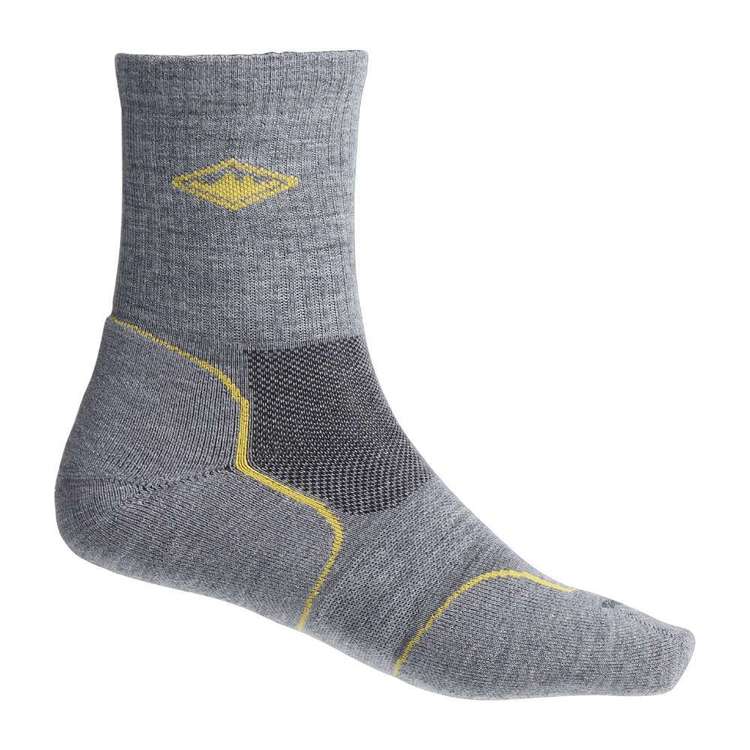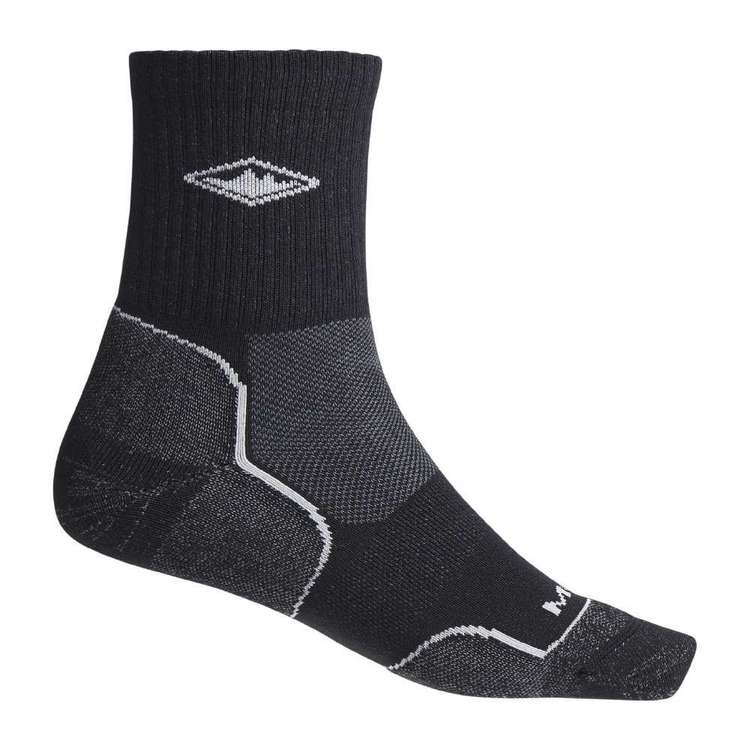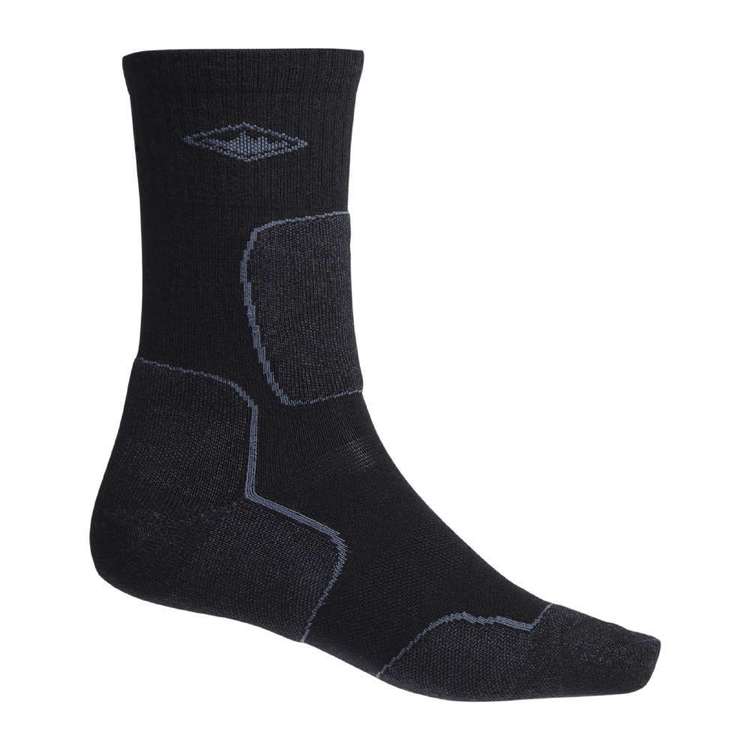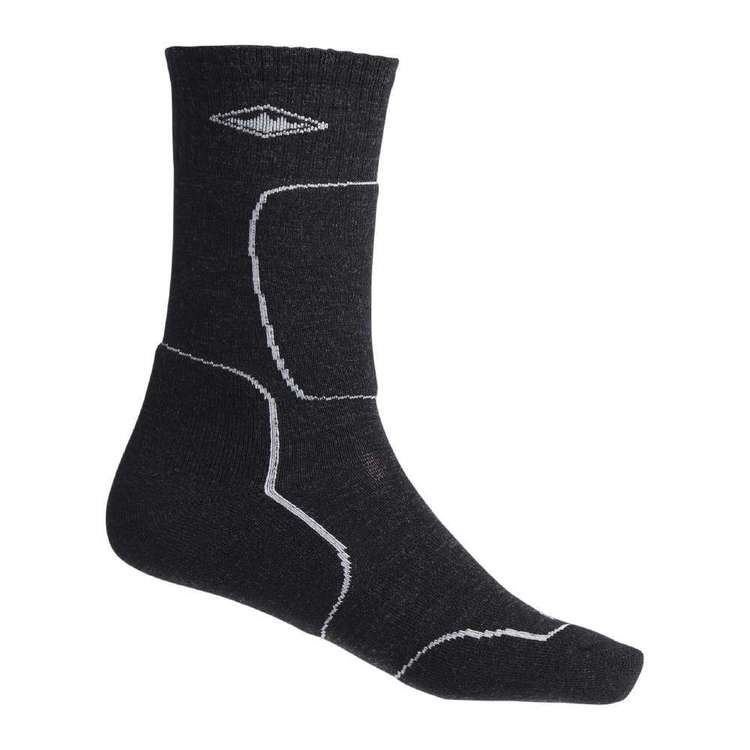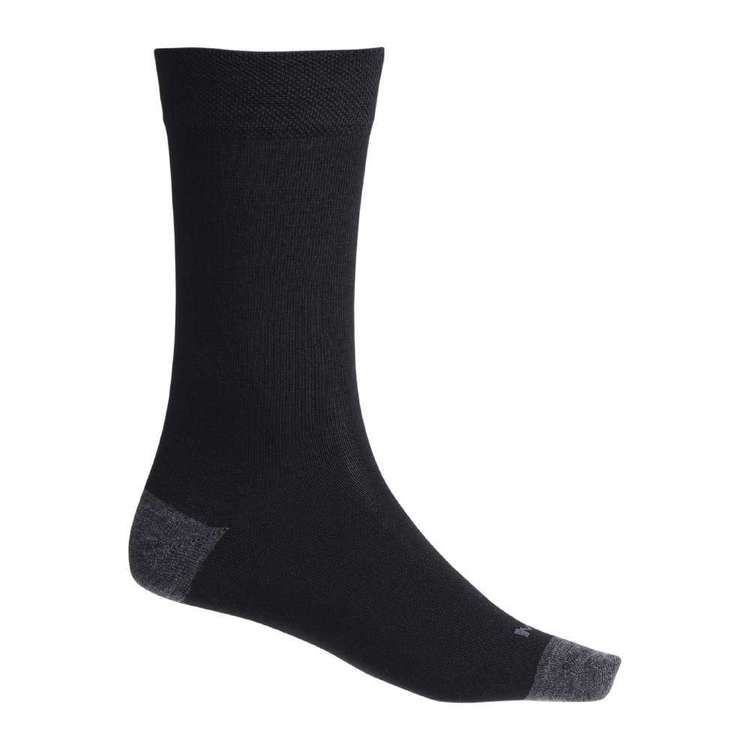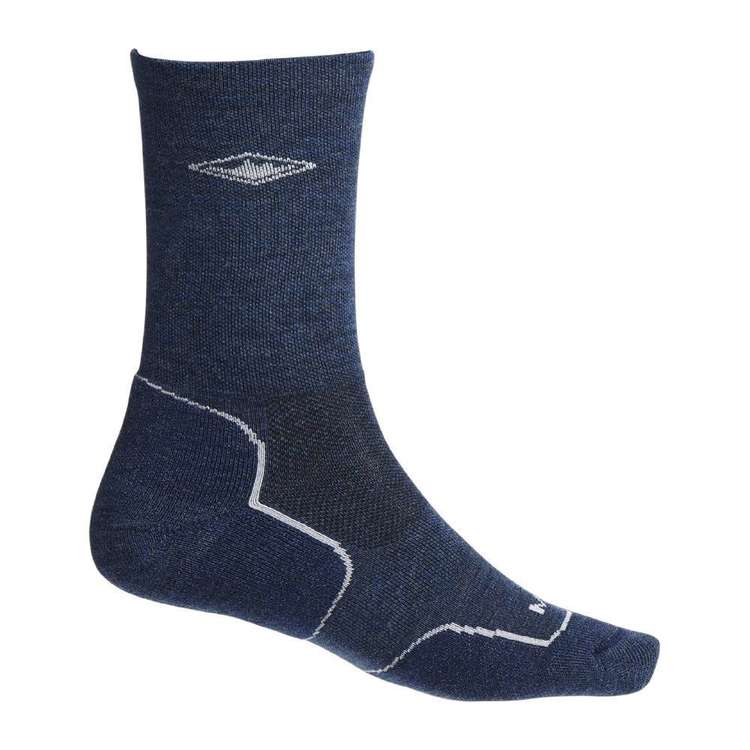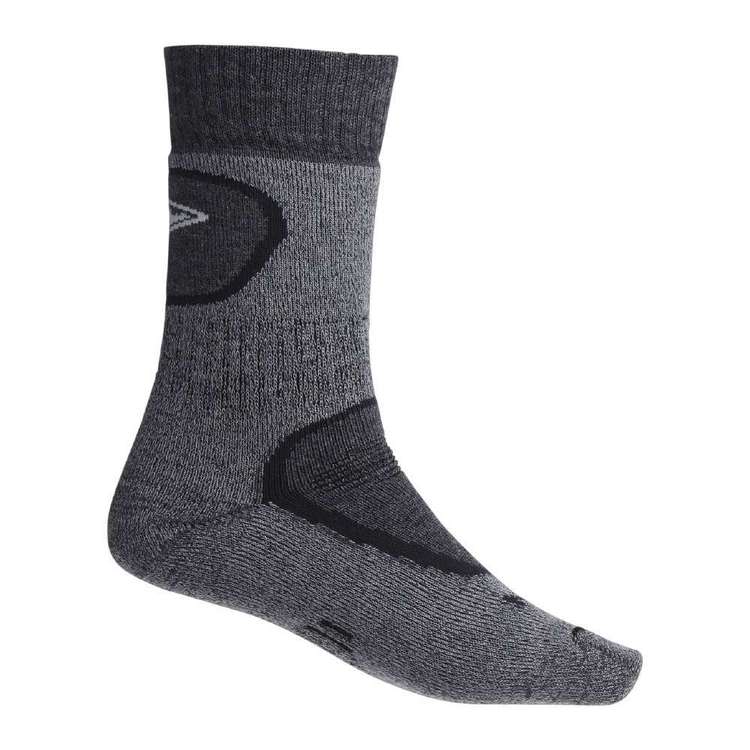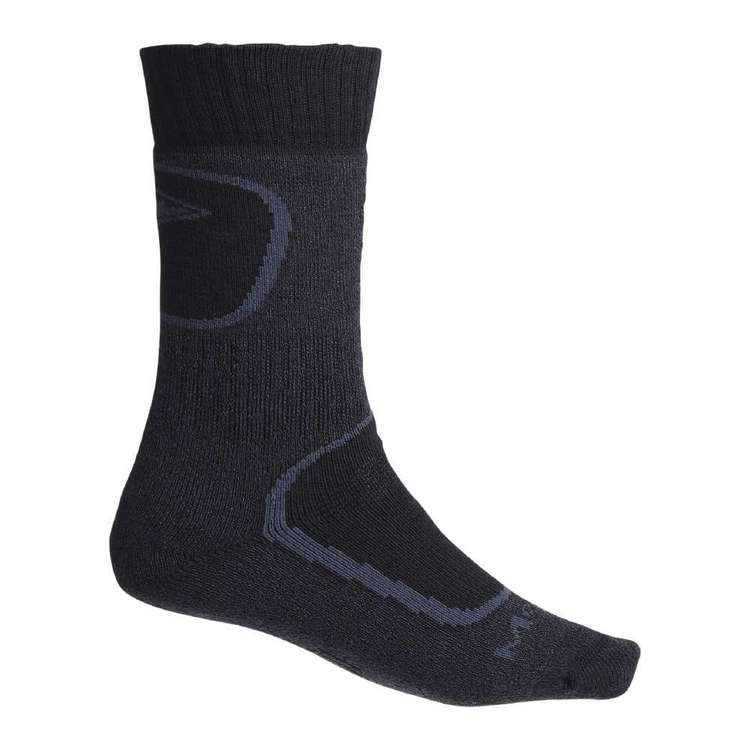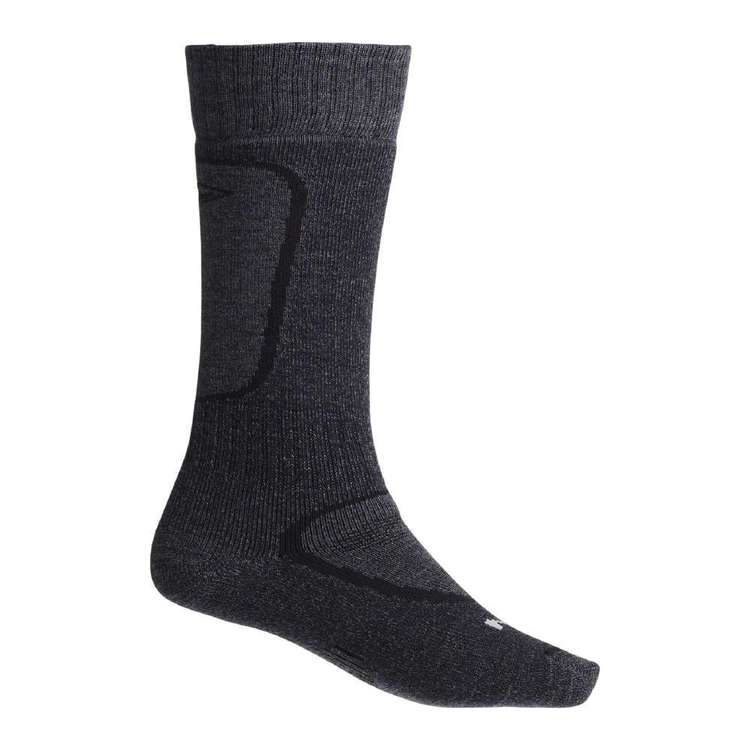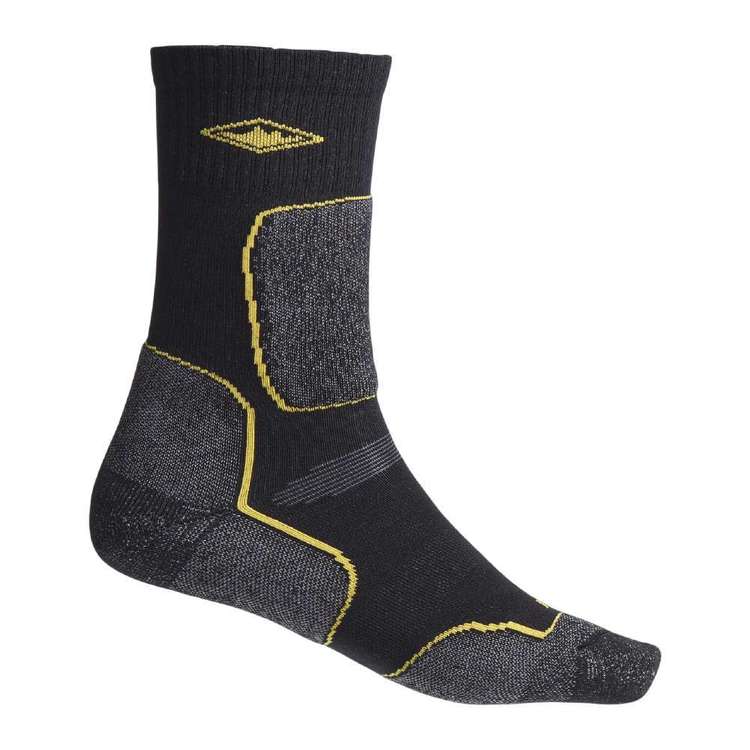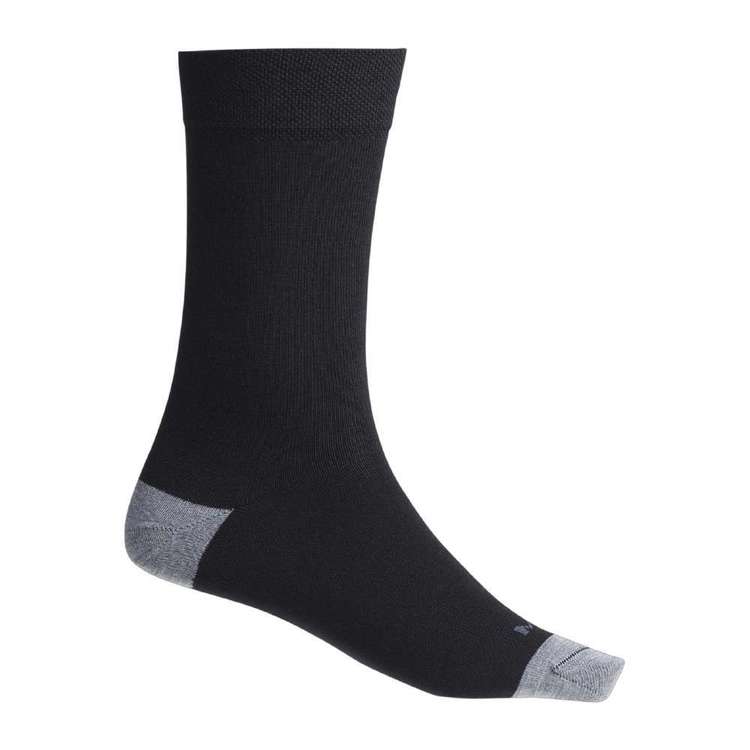| Your browser is not supported. | ||
|
Please browse our site using any of the following options:
| ||
Socks
Many adventurers have come unstuck by underestimating the importance of comfort and protection for their feet. Mountain Designs offers a range of high quality socks to complement your footwear, so whether you’re hiking, heading to the snow or just getting around town, we have a pair of socks to suit your adventure.
11 items found.
What are hiking socks?
Hiking socks are designed to provide lasting comfort for your feet and help improve the performance of your footwear. Whether you’re up for a simple day hike or heading off long distance trekking, a quality pair of socks will keep your feet fresh, prevent blisters and other inflammation, and cushion your heel and toes with each step. The best hiking socks are breathable, moisture wicking and quick drying. For men’s hiking socks and women’s hiking socks, shop the great Mountain Designs range today.
Can you wear liner socks by themselves?
Hiking liner socks are thinner than standard hiking socks, and are designed to be worn underneath to provide additional comfort and support. They reduce friction between your foot and hiking boot, which reduces the chances of you developing a painful hot spot. They also help to wick moisture away from your skin surface and on to your thicker outer sock, in turn helping to prevent blisters. You can actually wear liner socks by themselves, especially for plane and train travel, during the day for business, or getting around town, when your activity is less intense, less continuous, and you’re less likely to perspire.
Are hiking socks necessary?
A purpose-made pair of socks for hiking are essential to all-day comfort on the trails. Features of quality hiking socks include:
Breathability – Good hiking socks should remove heat from inside your hiking boot. This air flow will assist with sweat management and help to keep your feet feeling fresh.
Moisture Wicking – Most sock fabrics wick sweat or moisture from the skin surface, which prevents slipping, rubbing and odour build-up.
Quick Drying – If you’re socks get sweaty or wet, quick-dry fabric is ideal to minimise the chances of rubbing and slipping inside your hiking boot.
Insulation – Merino wool is good for thermal regulation so keep an eye out for wool hiking socks if insulation is required. Merino wool is also naturally odour-resistant.
Cushioning – Reinforced cushioning will help to soften repetitive impact on your toes and heel.
Fit – Zoned elastic and seamless construction help ensure a snug and ergonomic fit, which reduces slipping and rubbing.
Are polyester socks good for hiking?
As a fabric, polyester has excellent sweat management properties, which is why it is so often used in socks. It is moisture wicking and quick drying, meaning that it draws sweat away from the skin and removes it quickly. This assists in breathability and odour management, minimising slippage, and overall improving comfort. For a long day hike or multi-day treks where you’ll be active on your feet for long periods of time, these qualities are highly beneficial.
Can I wear compression socks hiking?
Compression socks are worn to help with blood circulation in the lower leg. You can wear compression socks when you are hiking, but because of the tight fit you may open yourself up to slipping inside your hiking boot or shoe, which may lead to painful blisters or hot spots. It’s worth wearing some purpose-made hiking socks over the top to help prevent blisters, remove perspiration and assist with cushioning.
Do you wear socks with hiking sandals?
This is a very personal choice. Some people wear socks with their hiking sandals for warmth, to stop small stones or dirt getting under their feet or between their toes, or to help with sweat management. However, quite obviously a pair of socks that is this exposed will get quite dirty on the trails, and may even catch a snag on sticks or scrub.
How do I choose hiking socks?
When you’re choosing a pair of socks to go hiking in, you might want to consider the following factors in your decision:
Material – Nylon, polyester and wool socks are the most common for hiking. Typically synthetic materials have a faster drying time while wool socks are great for warmth.
Sock Height/Length – You’ve probably seen terms like no-show, micro, mini, ankle, quarter, crew, mid-crew or full. While different brands use different descriptors, these terms all refer to the cut of the sock, which is the length. In general, low cut socks have a low profile that is designed for high-intensity activity with a performance focus, such as trail running or adventure racing. High cut socks are for lower intensity usage over long distance, as they provide more leg coverage, warmth and cushioning.
Sock Weight/Thickness – The thicker the sock, the more cushioning you get. Depending on your activity, you may want this protection on your toes, heels, ankles, shins or even calves. But remember that this needs to work in sync with your hiking boot, as wearing a sock that is too thick may alter your shoe sizing.
What are the best hiking socks?
The best hiking socks are breathable, moisture wicking and quick drying. They should also be lightweight and durable to provide long-lasting comfort and protection adventure after adventure. The range of Merino wool socks at Mountain Designs is very popular with hikers both amateur and experienced, as the Merino wool has thermal regulation and antibacterial properties. Other brands such as Smartwool and Injinji also offer great styles.
